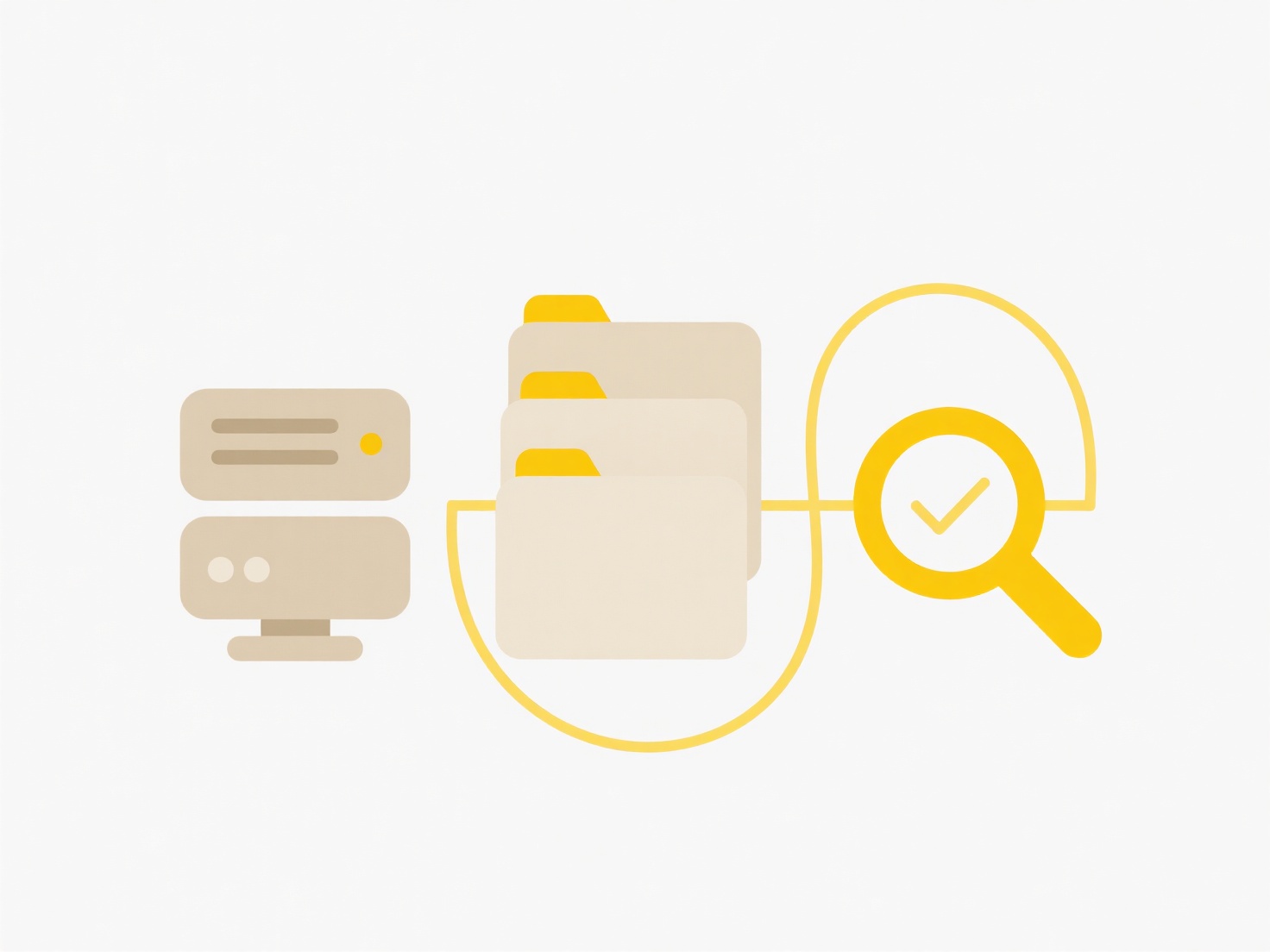
Syncing cloud files into a local backup routine involves copying data stored with an online provider (like OneDrive, Google Drive, or Dropbox) to a physical device you own, such as an external hard drive or NAS. It differs from simple cloud syncing, which primarily keeps files identical across linked devices and the cloud. A local backup creates a separate, potentially versioned copy solely under your control.

For instance, an individual might use desktop backup software (e.g., Duplicati, Veeam Agent) configured to target their OneDrive folder, saving encrypted copies to an external drive weekly. A business could implement an enterprise backup solution to regularly pull critical SharePoint Online documents stored in Microsoft 365 onto their on-premises storage for long-term retention and disaster recovery.
This approach offers significant advantages: it creates an offline copy immune to cloud outages or ransomware attacks affecting the provider, provides long-term control independent of service terms, and aids in recovery during major cloud incidents. However, limitations include needing sufficient local storage, managing potential bandwidth consumption, and ensuring synchronization doesn't overwrite backup version history. Ethically, it reinforces data sovereignty but requires responsible handling of the copied data, especially personal or sensitive information. While potentially complex to set up, it's becoming an essential part of robust data protection strategies.
Can I sync cloud files into a local backup routine?
Syncing cloud files into a local backup routine involves copying data stored with an online provider (like OneDrive, Google Drive, or Dropbox) to a physical device you own, such as an external hard drive or NAS. It differs from simple cloud syncing, which primarily keeps files identical across linked devices and the cloud. A local backup creates a separate, potentially versioned copy solely under your control.

For instance, an individual might use desktop backup software (e.g., Duplicati, Veeam Agent) configured to target their OneDrive folder, saving encrypted copies to an external drive weekly. A business could implement an enterprise backup solution to regularly pull critical SharePoint Online documents stored in Microsoft 365 onto their on-premises storage for long-term retention and disaster recovery.
This approach offers significant advantages: it creates an offline copy immune to cloud outages or ransomware attacks affecting the provider, provides long-term control independent of service terms, and aids in recovery during major cloud incidents. However, limitations include needing sufficient local storage, managing potential bandwidth consumption, and ensuring synchronization doesn't overwrite backup version history. Ethically, it reinforces data sovereignty but requires responsible handling of the copied data, especially personal or sensitive information. While potentially complex to set up, it's becoming an essential part of robust data protection strategies.
Quick Article Links
Can I share a file without giving folder access?
Sharing a file without giving folder access means providing specific access permissions to an individual file, while the...
Why are mobile file sharing options limited?
Mobile file sharing options can seem limited primarily due to device operating system constraints and design priorities....
Why does my file name look fine but still won’t upload?
File names might appear acceptable but still cause upload failures due to hidden formatting issues or platform-specific ...